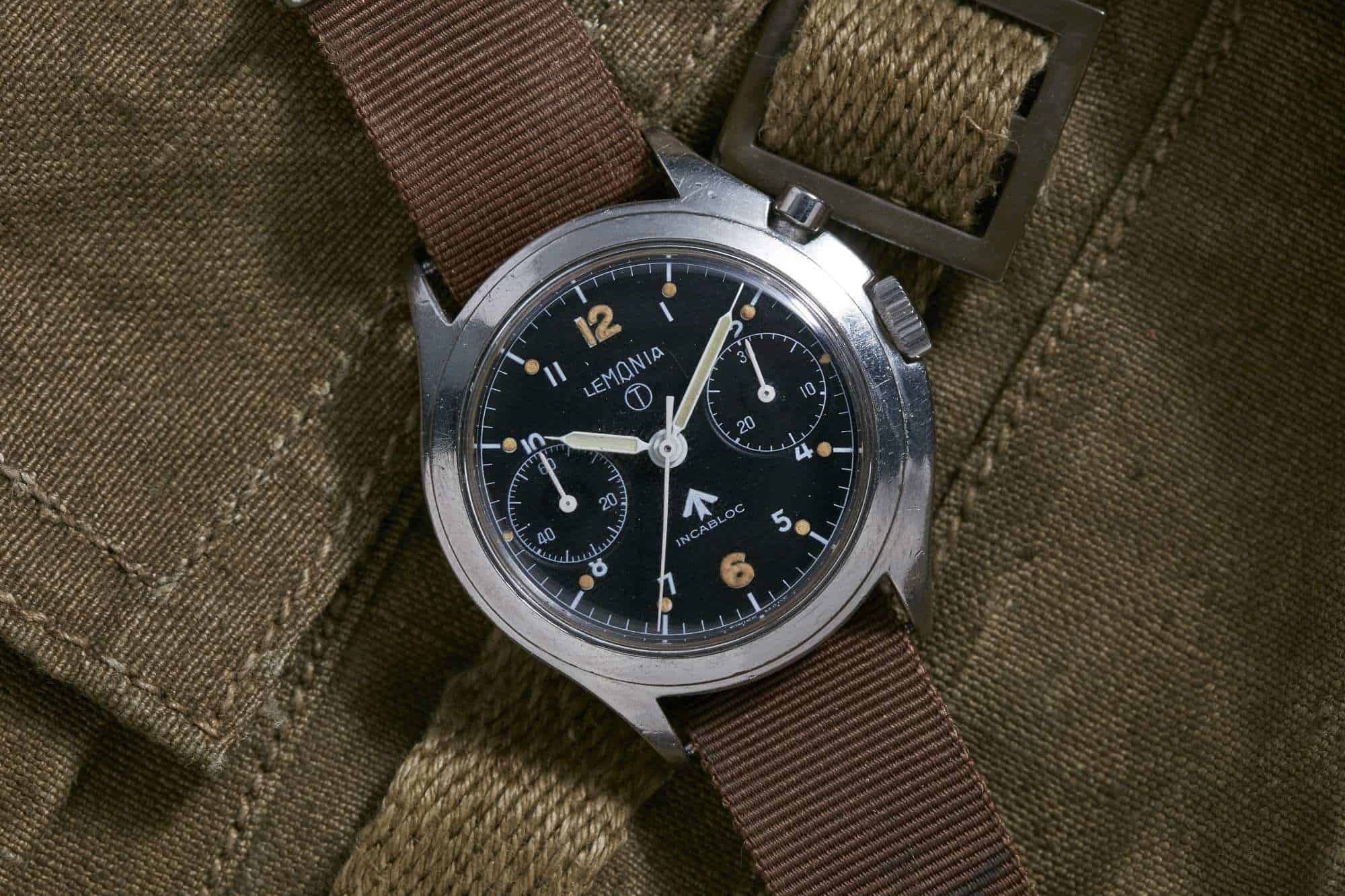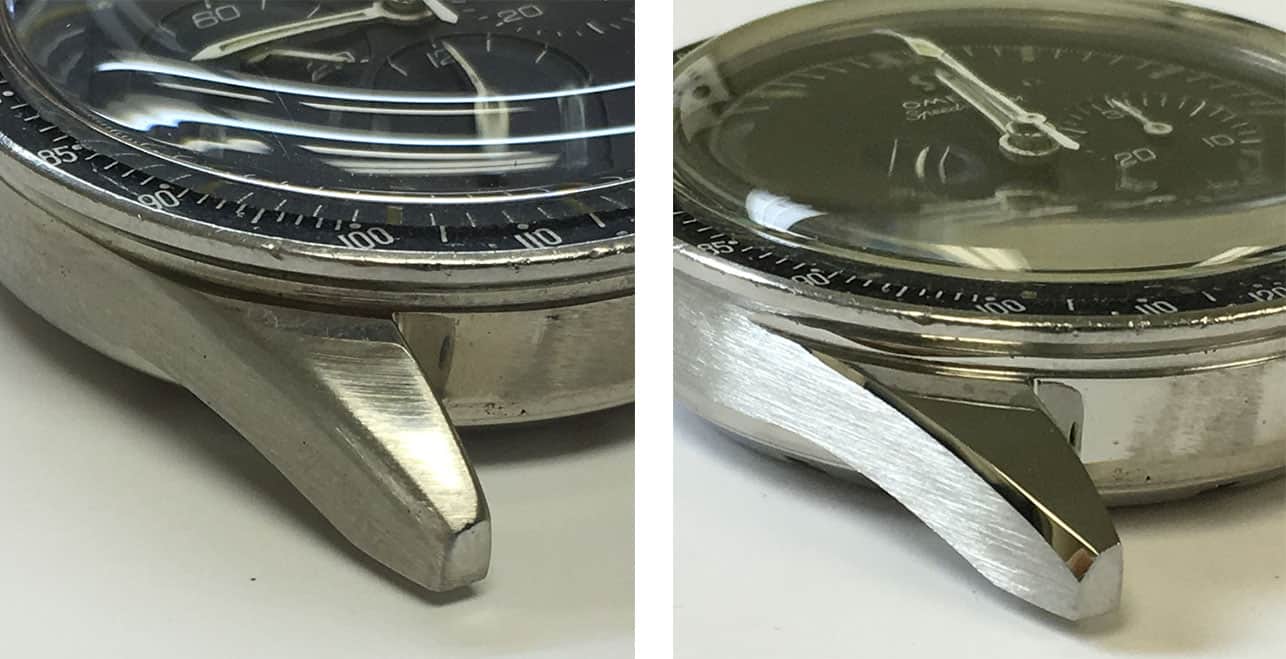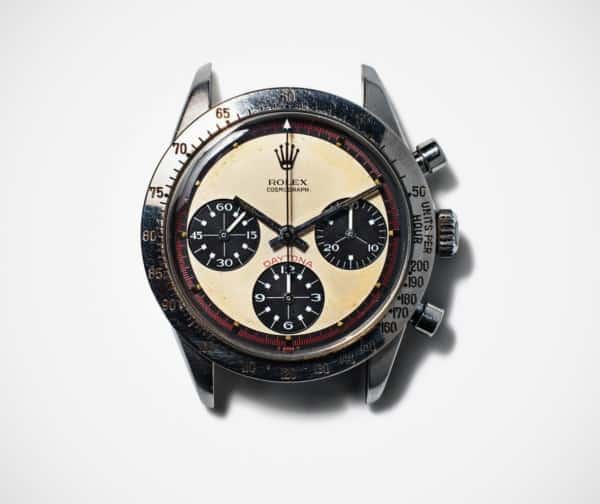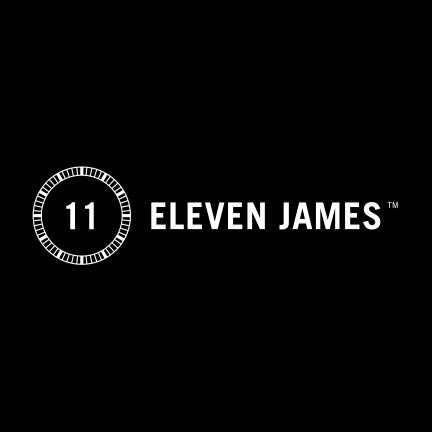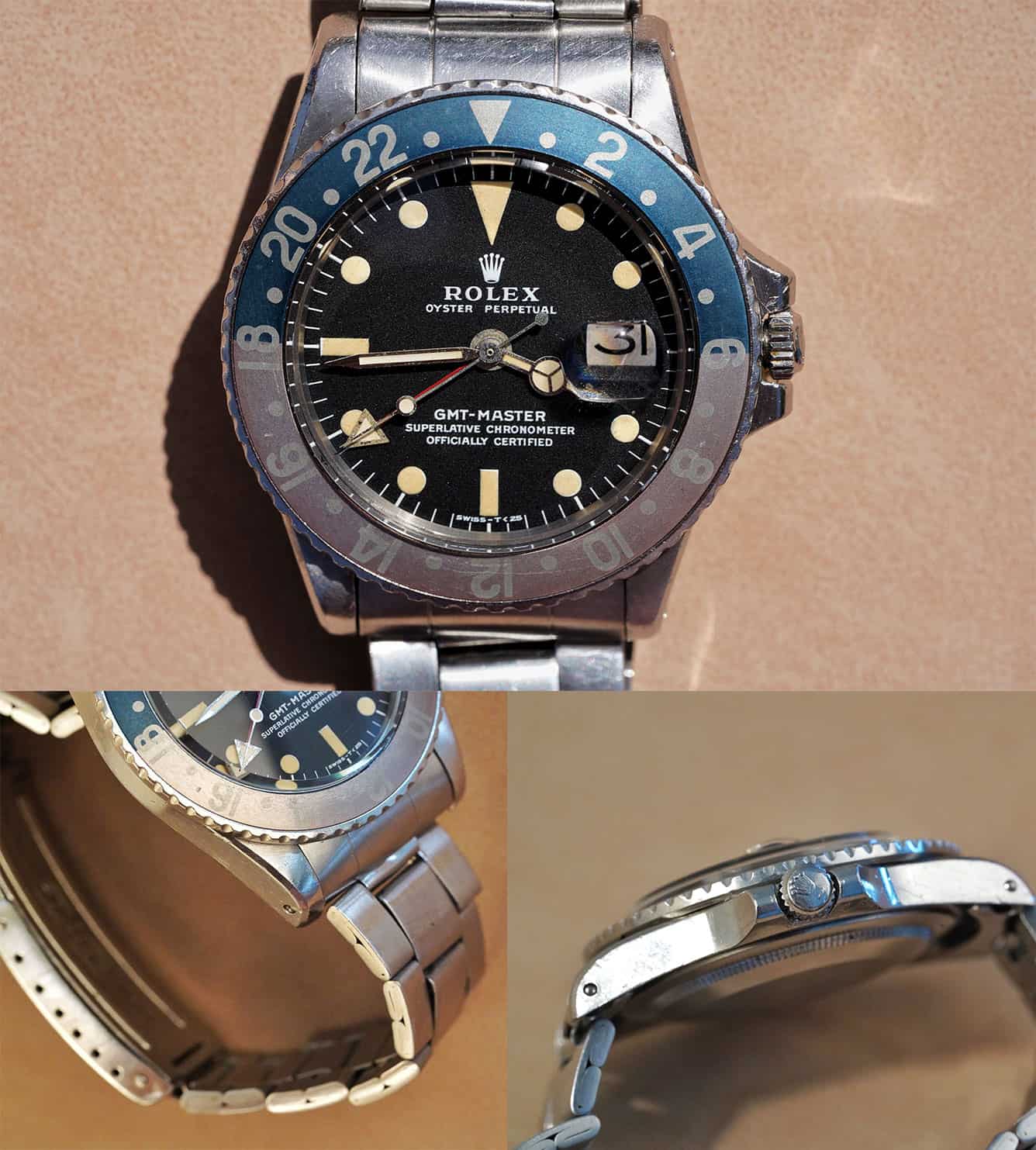The vintage watch world in 2019 is a minefield. There’s no other way to put it. While there are exceptional vintage dealers and resources available to consumers who want to be educated, there are just as many, maybe more, out to make a quick buck in a less than scrupulous way.
This past summer, we ran a story about Kamil Dunkowski, an expert in the restoration of vintage Seiko and Grand Seiko cases, Zaratsu polishing and all. His work left me and many of our readers awestruck, and a debate quickly brewed in the comments section of the Worn & Wound Instragram: how good is too good? If a watch case can be restored to factory specifications, what stops a dealer from advertising a vintage piece as “New Old Stock” that has actually been restored using laser welding techniques, completely masking potential earlier damage that was done to the watch?
We wanted to find out more, and to get the perspectives of some well known and trusted vintage watch dealers. So we reached out to James Lamdin, proprietor of Analog/Shift, Eric Wind, of Wind Vintage, and Eric Ku, who runs 10Past10 and, notably, LA Watch Works, his watch shop that does movement and case restoration, as well as other small jobs like matching handsets and swapping dials.









 Featured Videos
Featured Videos






